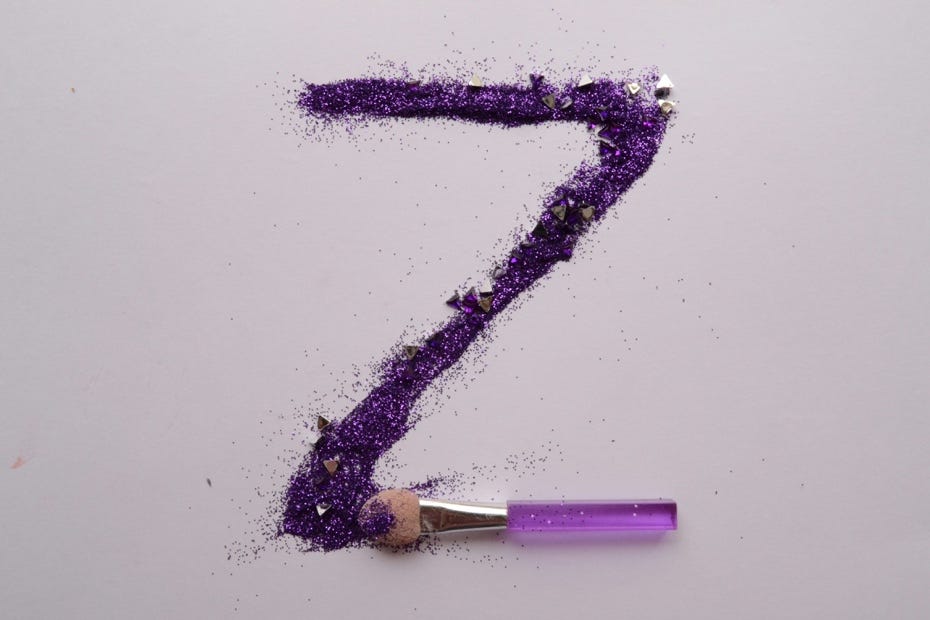Happy Wednesday, work friends.
In last week’s note, I wrote about the conundrum facing many professors today: we are exhausted and overloaded. Yet, at this moment, our students need us more than ever as they work toward their one and only undergraduate education.
This topic has weighed heavily on my mind since I started publishing this Substack in October 2024.
In January, I wrote about maintaining a thriving learning community despite the tumultuous political climate. In that post, I described how I sometimes lean into the political moment and show up where my students need me, while other times, I prioritize maintaining a sense of normalcy and refuse to allow political chaos from the outside political world to invade the classroom learning environment.
Earlier in the semester, I reflected on this post and devised a creative way to connect and build community with my students without embracing the doom and gloom or hyper-partisanship of the present political moment.
In my media and politics course, I created a time capsule in-class activity where I brought a storage bin of media-related personal items I’ve amassed over the last 25 years.
There was a range of devices in my time capsule.
First, I showed them my college laptop and asked students to guess how much it weighed. We then compared it to their laptops. My old laptop was twice as heavy!
Then, I asked them about their high school class video. Where did they go to watch it? Most answered: YouTube. I then showed them mine—a VHS tape.
There were several other items: my CD player, my favorite CDs in a huge CD holder binder, a floppy disk with an old high school assignment, a flip phone from when I lived in Japan in 2008, a Blackberry phone, and my childhood Sega Genesis game system.
As students passed around each item, we had a lively discussion about how much the technology landscape has changed in the two decades between our two generations. The feeling in the classroom was light and jovial as students gasped, laughed, and asked questions.
One of the most robust discussions stemmed from me showing them mix CDs I created for friends when I was in college. I explained how I created CDs for friends who were going through a breakup, studying for exams, or hosting a party. We compared my experience of “burning CDs” to making a Spotify playlist and sharing it with a friend or loved one today.
Photo by Zyanya BMO on Unsplash
I used this activity to open up a broader conversation about differences in Gen Z college students’ lives, media diets, and common technology relative to millennial and Boomer students.
To keep the conversation flowing, I also prepared a more extensive list of examples to help my students recognize contrasts in their experiences.
For example, I asked whether anyone had a car in high school and surveyed them about how much they paid on average for a gallon of gas. I then shared my own experience of getting my first car and paying 88 cents a gallon (there were audible gasps at this now unimaginable price point).
I also talked about getting my first cellphone in high school, waiting until after 9 p.m. to talk for free, and paying for each text message.
I ended the exercise by asking what students would put in their time capsule for students in the Class of 2050 to see. They had so many great ideas! Examples included: an iPhone with a home button, earbuds with a wire, and a DVD player.
At a time when so much feels hard in our classroom, I wanted to share my experience with other instructors who may be looking for a meaningful way to connect with their students in the present context. I hope this exercise helps others power down and step outside of the perpetual conflict that currently animates American politics and international relations.
Until next time,
Brielle aka Your Cooperative Colleague


